Birth Home of Queen Jeongsun (정순왕후생가)
.0M 2024-02-22
39 Handari-gil, Eumam-myeon, Seosan-si, Chungcheongnam-do
Birth Home of Queen Jeongsun is the house where Queen Jeongsun (1745-1805), the queen consort of King Yeongjo (1694-1776), the 21st monarch of the Joseon dynasty (1392-1897), lived until she became queen in 1759. It is estimated to have been built in the 17th century and features the architectural characteristics of hanok, with its distinctive "ㅁ" shape and tiled roof.
Gyeam House
35.3M 2021-04-09
45, Handari-gil, Eumam-myeon, Seosan-si, Chungcheongnam-do
+82-41-688-1182, +82-10-2376-8273, +82-10-3045-8273
The House of Kim Gi-hyeon (Gyeam Historic House, National Folklore Cultural Heritage 199) is a hanok with over 100 years of history that was established by renovating a nobleman’s house dating from the nineteenth century and equipping it with modern facilities. The Gyeongju Kim clan has lived in the Seosan area, a fertile stretch of land in the middle of the west coast region, for over 600 years. The house has been open to the public since 2010, and attracts many Korean and foreign guests.
The owner renovated the old house by installing a modern bathroom, sink, kitchen and air-conditioning and filling it with antique furniture, and transformed it into a clean and pleasant tourist accommodation with high-class bedding in order to avoid the stereotype about hanok being uncomfortable. In particular, the kitchen has been transformed into a modern facility where guests can enjoy a cup of tea or a meal. The house is also packed with charming features including a small old well equipped with a pump, a wood-burning stove with an iron pot, and a platform for crocks of sauces and condiments.
The House of Kim Gi-hyeon is home to the small Wadang (Roof Tile) Museum, which contains a collection of roof tiles ranging from the Goryeo Dynasty to the Joseon Dynasty. The friendly owners also run a ‘Wadang Rubbing Experience’ program that is popular among foreign tourists and students alike, and strive to provide all their guests with comfort and relaxation and share pleasant moments with them.
The house’s courtyard reflects the beauty of each season, including flower blossoms in spring, colorful leaves in autumn, and a snowy landscape in winter.
Haemi Martyrdom Holy Ground (Yeosutgol) (해미순교성지(여숫골))
3.5Km 2020-03-06
13, Seongji 1-ro, Seosan-si, Chungcheongnam-do
+82-41-688-3183
Haemi Martyrdom Holy Ground is the site where nearly 1,000 Catholics
in Chungcheongnam-do were buried alive during the time between the Byeongin Persecution in 1866 and 1882. At that time, Catholics were executed outside Haemieupseong Fortress' Seomun Gate (West Gate). As it was difficult to execute them one by one, the martyrs were buried alive in a big hole all at once. When confronted with their deaths, the martyrs prayed while singing 'Yesumaria' (Jesus Maria). Because it also sounds like "Yeosumeori", the place was called 'Yeosutgol' as well.
The 16-meter-high memorial tower was set set up near Haemicheon Stream to pay tribute to the nameless martyrs who were buried alive. Many Catholics visit this location every year to remember and honor the martyrs who sacrificed their lives for their belief.
Seosan Haemi Eupseong Festival (서산해미읍성축제)
4.0Km 2025-07-29
143 Nammun 2-ro, Seosan-si, Chungcheongnam-do
+82-41-660-2696
The Seosan Haemi Eupseong Festival is a cultural festival held at Seosan Haemieupseong Walled Town, an ancient fortress with a 600-year history. The festival combines light, music, and the historic fortress to create a fantastic nighttime scenery and offers content for all generations. During the day, visitors can enjoy sophisticated performances while picnicking, and at night, they can partake in a vibrant evening stroll.
Haemieupseong Walled Town (서산 해미읍성)
4.1Km 2025-08-06
143 Nammun 2-ro, Seosan-si, Chungcheongnam-do
Haemieupseong Walled Town is a representative fortress from the Joseon period. Additional famous walled towns in Korea include Gochangeupseong Walled Town and Naganeupseong Walled Town. Haemieupseong Walled Town was established in 1491 during the 22nd year of King Seongjong. Its perimeter is approximately 1.8 kilometers, the x_height is 5 meters, and total area is 196,381 m², making it a huge fortress. Through restoration and purification projects, its old image has been restored as a historic park and it is famous as a site of Catholic martyrs' in the late Joseon era.
During the persecution of Catholics, many Catholics from Chungcheong-do were forced to come to Haemieupseong Walled Town where the administration office was located. Upon arrival, they were tortured to death. In particular, approximately 1,000 people are recorded as having been executed during the persecution in 1866.
The plaza inside of the fortress has a prison site where Catholics were chained up under the Daewongun government, and a gigantic old tree which was the tree used for torturing. The stones which were used for thrashing are located outside of a fortress gate and have become a holy place.
Seosan Gaesimsa Temple (개심사(서산))
6.4Km 2021-09-18
321-86, Gaesimsa-ro, Seosan-si, Chungcheongnam-do
+82-41-688-2256
Situated in a dense forest in Sangwangsan Mountain and 6 kilometers away from Haemi-myeon, Gaesimsa Temple is one of the four major temples in Chungcheongnam-do. The path from the parking lot to the temple site is quite remote and curved, but beautiful especially in spring when cherry blossoms are in full bloom.
The temple was built in 1484 during the 15th year of King Seongjong and designated as a Treasure. The architecture of the temple stands out, as the buildings use bent tree trunks for pillars.
E-Mart - Seosan Branch [Tax Refund Shop] (이마트 서산)
6.4Km 2024-04-22
3685, Seohae-ro, Seosan-si, Chungcheongnam-do
-
Seosan Kkotgejang (서산꽃게장)
6.5Km 2024-03-04
92 Hanmaeum 5-ro, Seosan-si, Chungcheongnam-do
041-665-8829
Seosan Kkotgejang specializes in preparing blue crabs harvested from the Seohae Coast using traditional methods. They offer both ganjang kkotgejang (soy sauce marinated blue crab) and yangnyeom kkotgejang (spicy marinated blue crab). The ganjang kkotgejang is prepared by marinating fresh crabs with ginger, garlic, soy sauce, and other seasonings, resulting in a savory and flavorful taste. The yangnyeom kkotgejang is marinated with a seasoning mixture primarily consisting of chili pepper powder. They also serve dishes like ureok jeotguk (salted rockfish soup) and yeongyang gulbap (nutritious oyster rice). Seosan is known for its bay, providing an ideal habitat for blue crabs.
Seosan Hotel Aria (서산아리아호텔)
7.2Km 2024-12-23
94 , Dongheon-ro, Seosan-si, Chungcheongnam-do
+82-41-668-7822
Seosan Aria Hotel, near Central Lake Park in Seosan-si, Chungcheonnam-do, consists of a main building, new building, an annexe, and a deluxe building, and has 80 rooms accommodating up to 160 people. There are three types of room: Garden rooms have access to the roof-top garden; Studio rooms are equipped with home theatres and accomodate up to four people; and Duplex rooms. Public transport connections are good, and the hotel is just 1km away from Seosan City Hall and adjacent shopping malls. There’s a large parking lot (one car per room).
Samgi Kkotgejang (삼기꽃게장)
7.5Km 2024-03-04
162 Goun-ro, Seosan-si, Chungcheongnam-do
041-665-5392
Samgi Kkotgejang is a gejang (marinated crab) specialty restaurant with over 40 years of experience in cooking blue crabs harvested from the Seohae Coast using traditional methods. Their ganjang kkotgejang (soy sauce marinated crab) is prepared by marinating crabs in sauce seasoned with salted oyster extract for a year and then further seasoned with garlic, ginger, and other spices, resulting in a rich and savory flavor. They also offer dishes like kkotgetang (spicy blue crab stew) and yangnyeom gejang (spicy marinated crab), and eoriguljeot (salted oysters) are served as a side dish. Seosan is known for its bay, providing an ideal habitat for blue crabs.
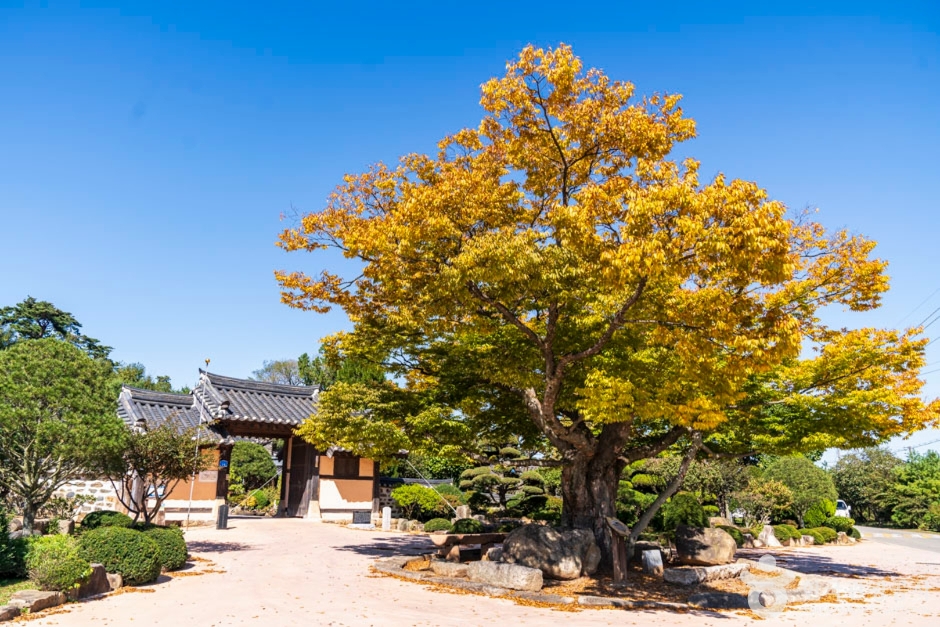
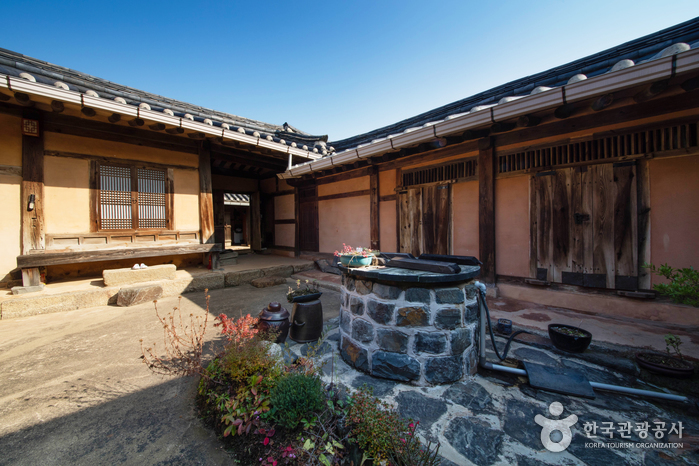

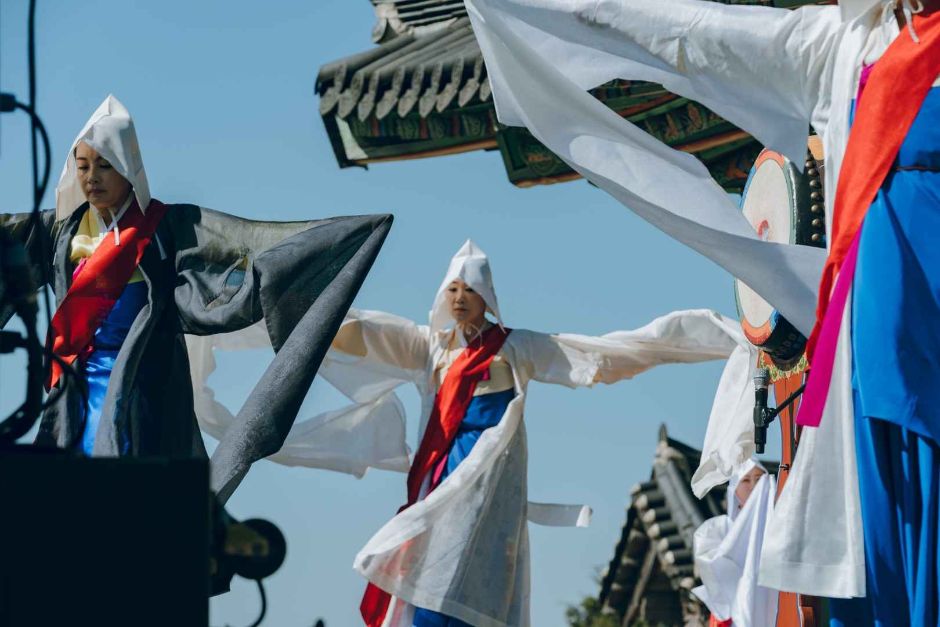
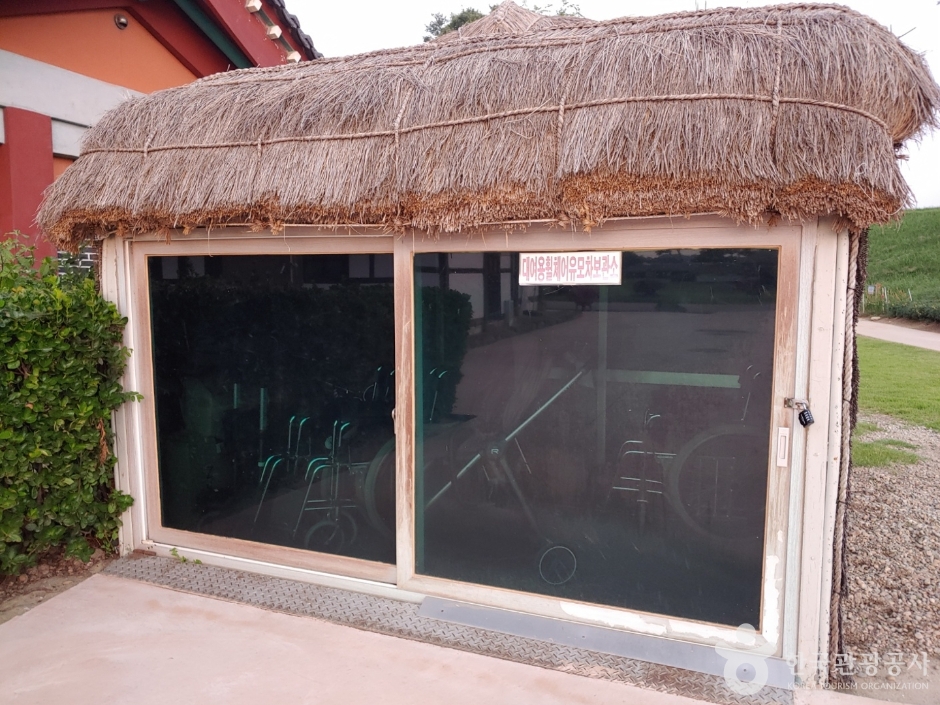
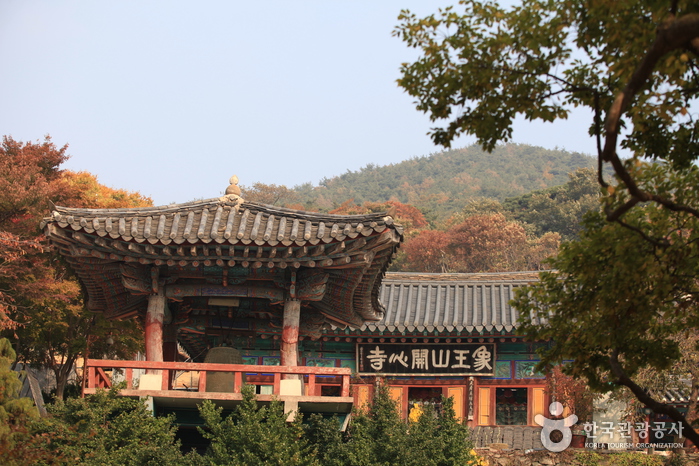
![E-Mart - Seosan Branch [Tax Refund Shop] (이마트 서산)](http://tong.visitkorea.or.kr/cms/resource/24/2883324_image2_1.jpg)
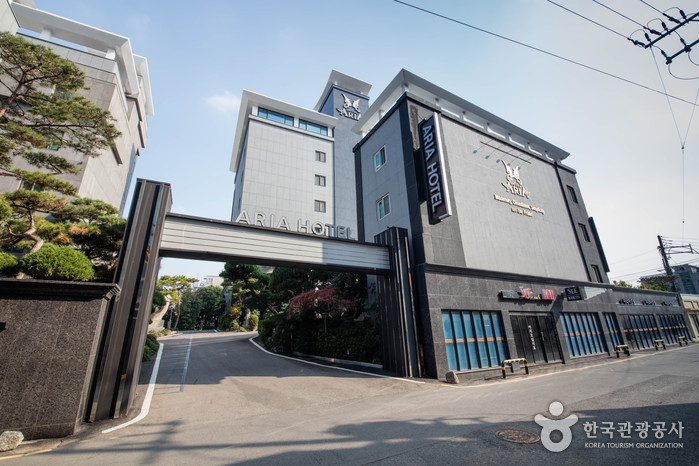
 English
English
 한국어
한국어 日本語
日本語 中文(简体)
中文(简体) Deutsch
Deutsch Français
Français Español
Español Русский
Русский